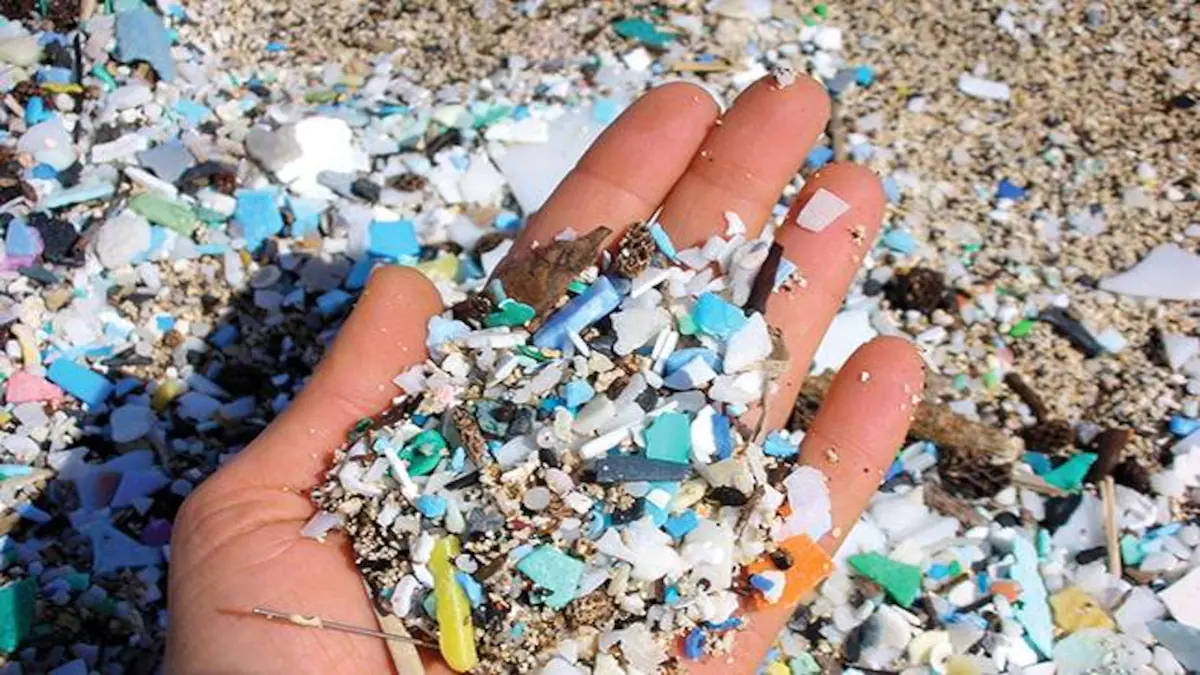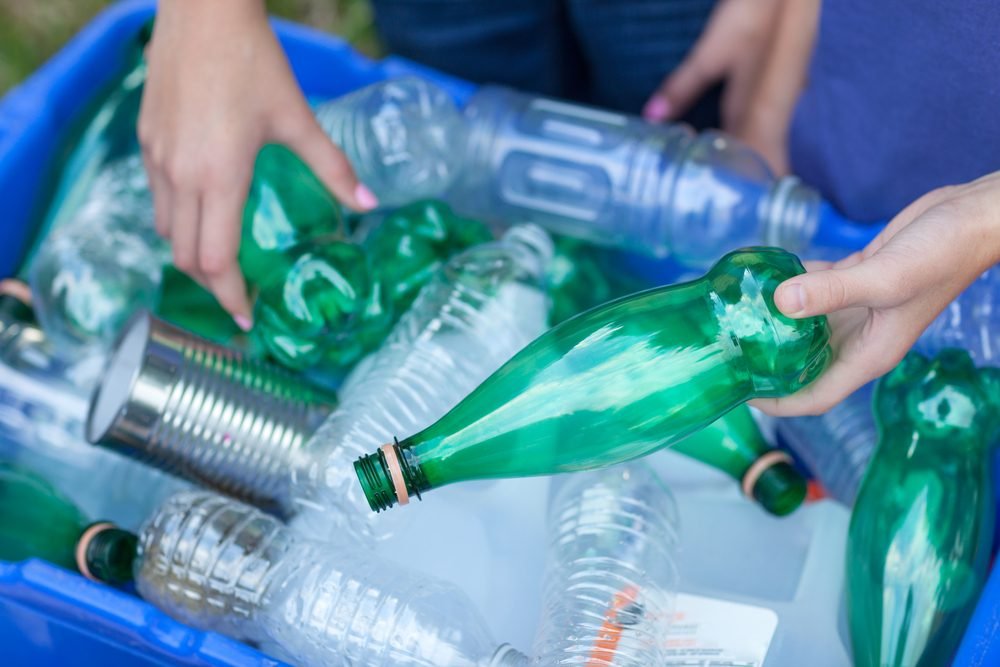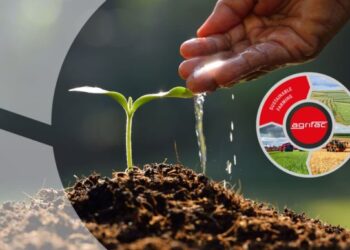Ever wondered how many aquatic animals die every year and how many are on the verge of extinction from the plastic wastes that we toss, daily. Approx 8 million tons of plastic debris are produced by mankind every year which reaches the water bodies, ultimately leading their way to the gut of the marine inhabitants and thus smothering the innocents with plastic.
Today, in this article, we are going to spill some shocking facts about plastic and why there’s an urgent need to call for action.
- 1. Hardly 1 per cent of the oceanic garbage is visible from the naked eye.
- 2. We are consuming plastic, indirectly.
- 3. Nearly 47 per cent of plastic products are used only once and then tossed.
- 4. World plastic production has increased exponentially from 2.1 million tons in 1950 to 406 million tons by 2015.
- 5. By 2050, all the top consumers will be eating plastic
1. Hardly 1 per cent of the oceanic garbage is visible from the naked eye.
The great pacific garbage accounts for hundreds of tons of debris that floats over the surface, which is still trivial when compared to the production of plastic, which tallies about millions of tons per annum. More than 99 per cent of the remaining waste along with organic waste being much denser settles down at the bottom of the sink without decomposing thus increasing the B.O.D of the water bodies and boosting the rate of eutrophication which can’t be glimpsed from the naked eyes.

2. We are consuming plastic, indirectly.
Sounds gross right? Microplastics are the term given to plastic of smaller size (less than 5 mm) originating from degradation of macro plastics, fibres of clothes, etc. Marine animals consume these microplastics in their diet, which is transferred to larger animals along with the food web and finally enter the gut of humans through biomagnification. For better understanding, biomagnification is a process by which toxic chemicals like Persistent Organic Pollutants (POPs) are transferred from primary consumers to secondary consumers then finally to top consumers, following the food web.

3. Nearly 47 per cent of plastic products are used only once and then tossed.
Mineral water bottles, caps, food packagings, polythene, etc. which makes the most of the drainage occurs in the landfills and sea floors is thrown away after single usage. While stakeholders blame the buyers, the question is why the manufacturing team still stresses upon the non-biodegradable worthless packaging which will persist in the environment for 450 years.
The aquatic ecosystem is gasping for air which has been repeatedly contaminated by sewage, agricultural, non-decomposable debris, and other anthropogenic discoveries.

4. World plastic production has increased exponentially from 2.1 million tons in 1950 to 406 million tons by 2015.
Which is even heavier than the weight of the entire human population, while less than 9 per cent of the plastic waste is recycled and 12 per cent is incinerated. Crazy, isn’t it?
But this huge, unsustainable production ends up in the ocean, choking marine life.
Do you know that 75 per cent of the total litter found on the beaches is plastic? For example, bottle caps, cigarette filters, polystyrene bags, etc. And the fact that all these small and insignificant items are harder to recycle and clog under the sea bed and landfills makes the situation worse.

5. By 2050, all the top consumers will be eating plastic
Top consumers in the terrestrial ecosystem include predatory birds like eagles and top carnivores like lions which can’t be preyed upon by any other animal will be left with no choice but to dine in plastic as their food chain will be completely eroded by then.

We must save our planet, our animals, and our ecosystem from the useless packaging which costs millions to manufacture but is causing irreversible harm to the “WORLD OF MARINE LIVES” that is our ocean. So next time, when you toss the food wrappers and plastic water bottles, remember where it all ultimately going to end up in, OCEAN!
Also read: Can Greenwashing save the Lungs of Earth?











